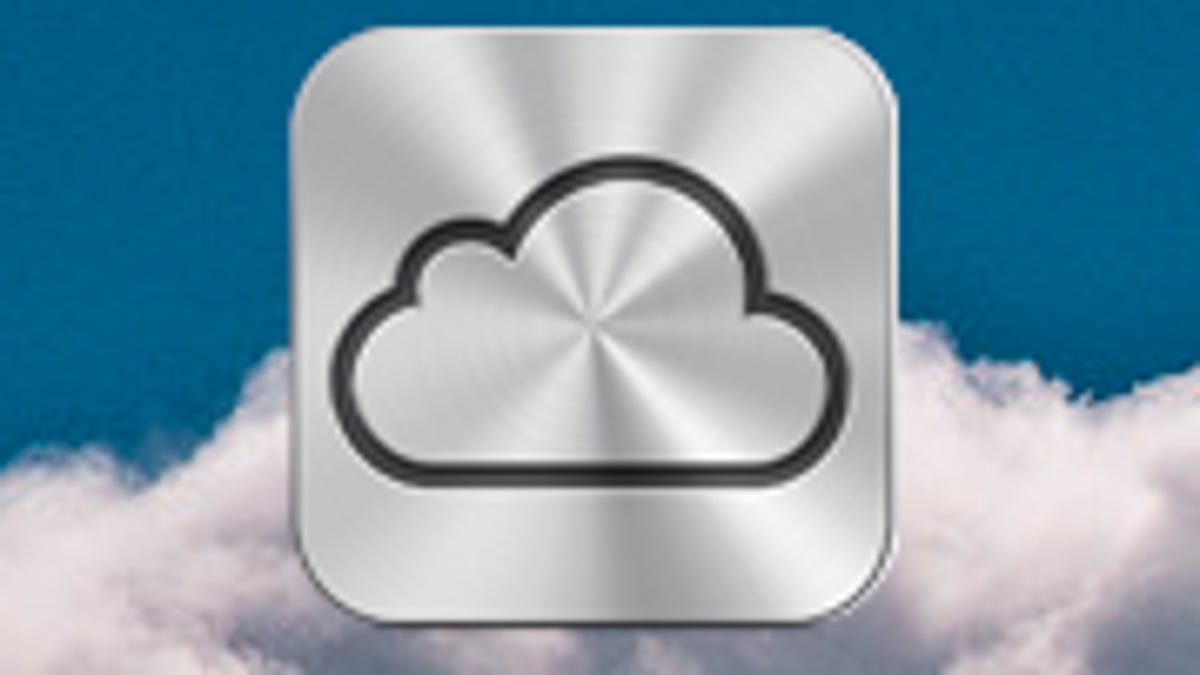Apple, Amazon's clouds clash in developer survey
A new study by Appcelerator and IDC shows that Apple's iCloud is on the minds of mobile application developers nearly as much as Amazon's cloud services even though it's not out yet.

Even though it's still in testing, Apple's iCloud has come in a very close second place to Amazon in the minds of mobile developers looking to connect their applications to the cloud, a new survey has found.
In the latest quarterly survey of mobile application developers put on by Appcelerator and IDC, half the 1,125 developers surveyed on a particular question said they planned to connect to Apple's upcoming iCloud service in the next 12 to 18 months, which was just 1 percent shy of Amazon's 51 percent leading share. Trailing both was Microsoft's Windows Azure platform and VMWare, which garnered 20 percent interest levels respectively.
Apple's already opened up iCloud to developers to kick the tires on, including a Web front end that launched this week. The service, which will be made available to consumers in the fall alongside iOS 5, makes use of Apple's expanding data centers to back up user and application data, as well as ferry media and settings across multiple Apple devices.
That it could vault so high less than two months after being announced is no small feat, though as Appcelerator's VP of marketing Scott Schwarzhoff told CNET in a phone interview, it's made the jump in part because developers expect Apple's cloud tools to be easier to use.
"The (survey) write-ins were pointing more toward this notion that iCloud will be extremely easy to implement," Schwarzhoff said. "The working assumption is that even though Steve Jobs talked a lot about iCloud and his famous line of 'it will just work' as primarily an end-user benefit, what developers are seeing is that actually it can have a developer benefit."
Schwarzhoff suggested that part of that mentality centers on Apple offering only selected cloud features versus Amazon's bevy of Web services that have been designed to build things from the ground up.
"Unlike Amazon, which basically requires you to build everything...the working assumption is that I can focus on my application more and worry about syncing and cloud connectivity less through the Apple iCloud service," Schwarzhoff said. "And it will be easier to store data and documents than any of the other providers, so it's primarily an ease of use, ease of development point that's being made on the reasons for that interest level."
Despite the iCloud push, the service came in second place in iOS 5 features developers said they were interested in. Beating it out were enhanced push notifications, which will replace the system Apple introduced as part of iOS 3 back in 2009.
Apple in the enterprise
Another point of interest from the survey are developers' expectations of how Apple compares with companies like Google, Microsoft, Research In Motion, and HP when it comes to "winning" the enterprise. In part of the survey asking which mobile operating system would take the lead, both Apple's iOS and Google's Android came in at an even 44 percent, with Microsoft's Windows Phone platform pulling in seven percent, and RIM's BlackBerry and HP's webOS grabbing four and two percent respectively.
A separate part of the survey whittled down how the platforms would actually be different when it came to enterprise mobility. Google got top honors with developers believing that it will go on to become the winner in the marketshare race, with Apple being singled out for bringing its "consumerized" experience to large companies.
During Apple's most recent quarterly earnings call, the company noted that 91 percent of the Fortune 500 deployed or were testing the iPhone, with 86 percent deploying or testing iPads. Particularly noteworthy was a mention by Apple chief operating officer Tim Cook that iPads were being "used in the enterprise in ways we could have never imagined."
Near-Field Communication momentum
One last survey finding worth pointing to was developer interest in Near-Field Communication (NFC), close-range data transmission technology that's already available on a number of handsets though not Apple's iPhone. A back-and-forth rumor about the next generation iPhone was that the device would include NFC as a cornerstone of a mobile payments platform.
Coming in third place in the list of major mobile device announcements from the past quarter that developers believed to have the biggest impact, was NFC. That was just behind Apple's iCloud and Google's Google+ social network.
"Near-field communication holds promise with developers, but (they) are looking at it as a 2012 and beyond opportunity," the survey noted. How big of a jump would it get next year though? NFC jumped from something just 13 percent of respondents noted they'd be using as a business model for in-application transactions this year, to a projected 27 percent for next year.
Appcelerator and IDC's survey ran from July 20-22, 2011 and queried 2,012 developers that are a part of Appcelerator's Titanium application development platform. Appcelerator notes that the makeup of those users are 30 percent independent developers and 70 percent from businesses. The majority also come from North America (43 percent), followed by Europe (33 percent) and the other 24 percent consisting of smaller countries around the world.

